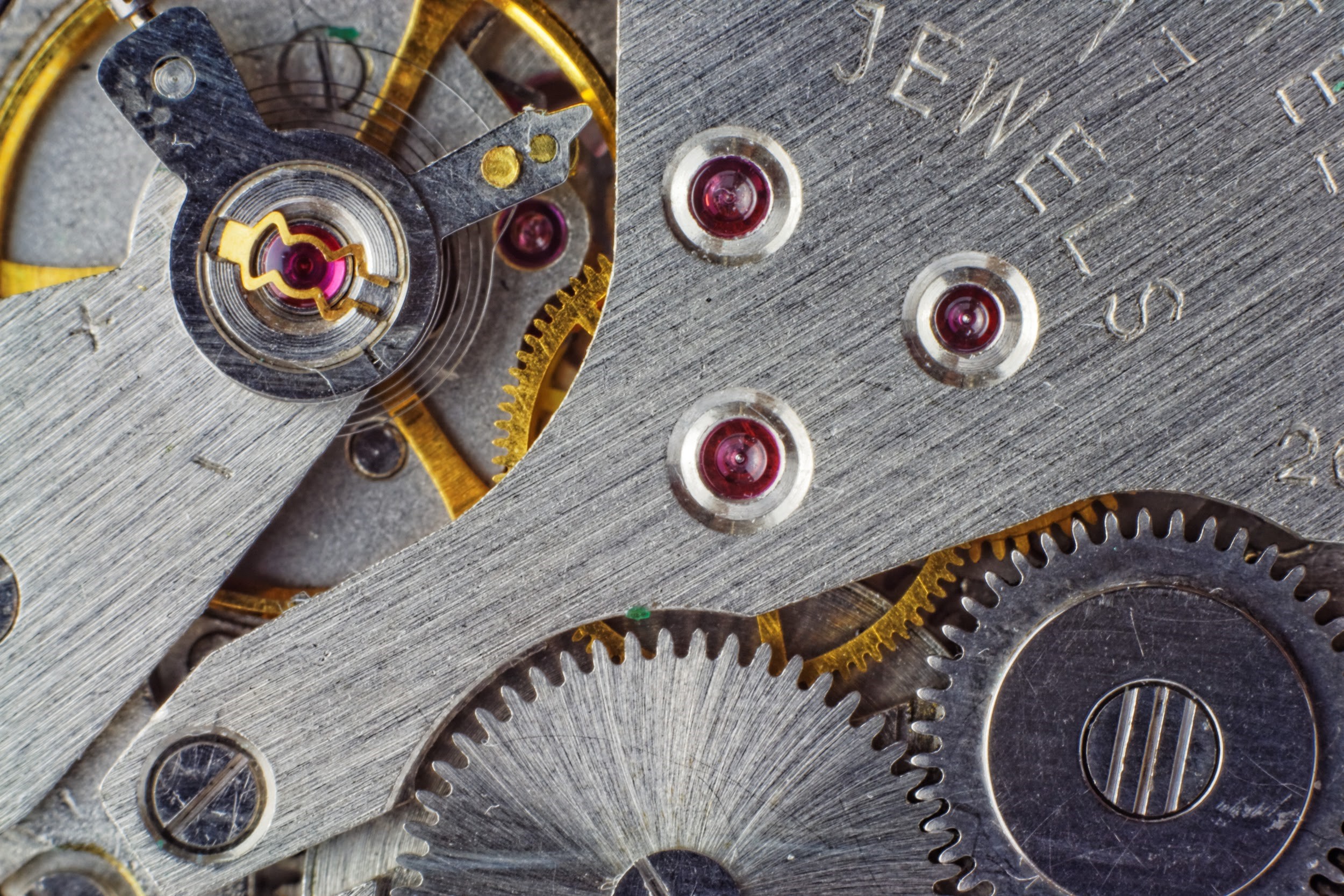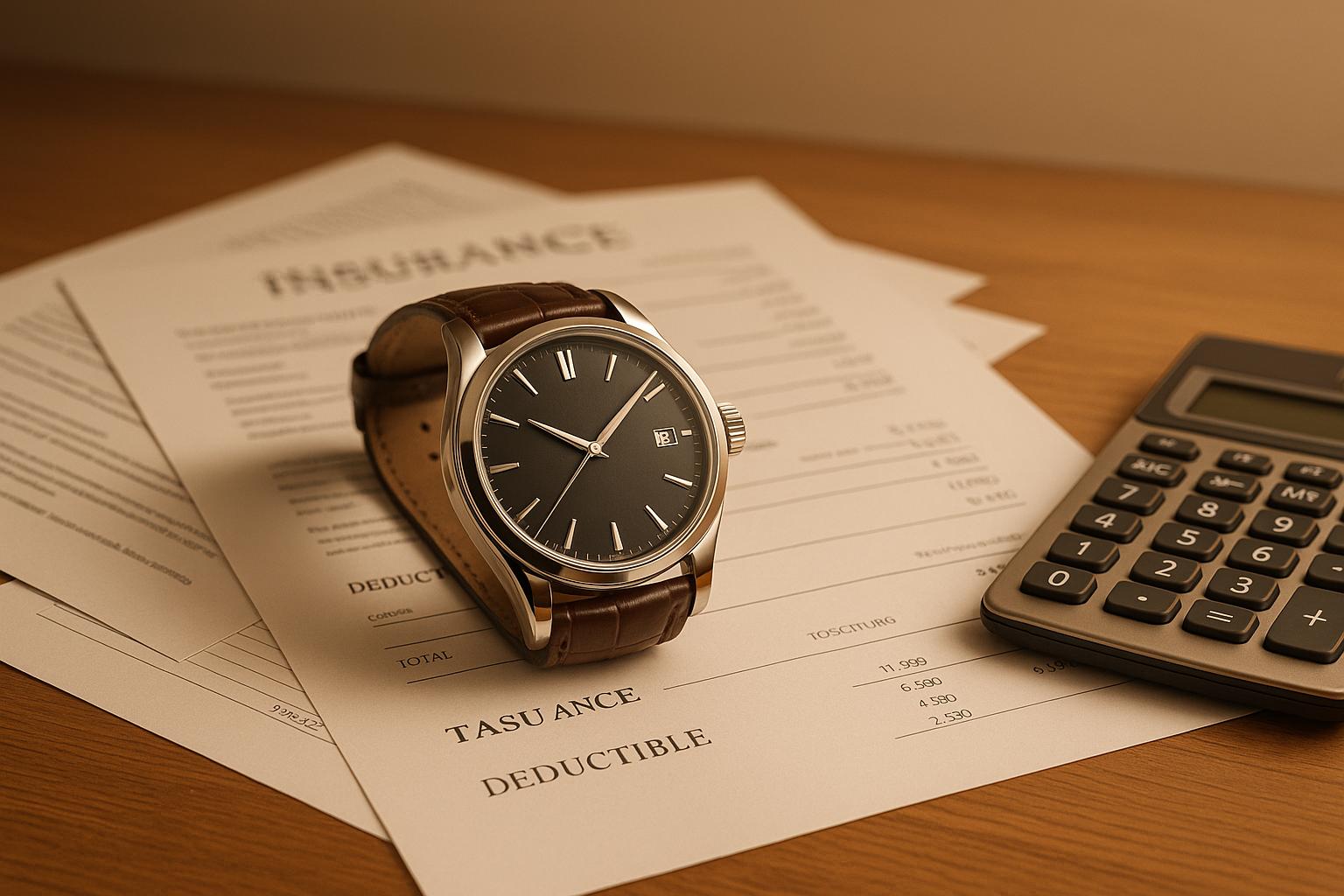The watch movement is the very heart of a watch, it is the intricate, functional and immaculate design which powers the watch face. If you are taken by the design on the outside of a vintage watch then the inner workings are a world you need to explore.
The watch movement powers the time as well as additional features like calendars, chronographs and more.
When we speak of the “best watch movements”, this can be a challenge to decipher. What exactly do we mean by the world best? Most accurate, most beautiful, most advanced? Despite its ambiguity it is a question often asked by watch enthusiasts so let’s explore the topic.
Most movements can be split into two categories; mechanical and quartz. Watch collectors are more interested in mechanical movements over quartz, but quartz tends to be more accurate.
An easy way to tell if you have a quartz or mechanical movement is by looking at your second hand. The second hand on a quartz watch ticks, whereas a mechanical watch has a smooth movement.
Since we are interested in pre-owned watches here, we will focus on the best mechanical movements. This is where the real story lies, the design and ingenuity of watch brands and the battle for the most accurate and reliable watch movement.
How Does The Mechanical Watch Movement Work?
We wrote in more depth on this in [What Is A Self Winding Watch], but for a brief overview the mechanical watch movement works by storing energy inside a coil which needs to be wound. A series of clogs then translate the stored up energy through the watch which powers the time hands on the watch face.
There are self winding mechanical watches or mechanical watches, the difference is that in a self winding watch the movement of the wearer winds the coil. A mechanical watch without this function needs to be self wound via the crown daily.
The basic design of the movements inside the watch are extremely similar, but when working with such precision the smallest change to materials and design in the individual elements which make up the movement can change how it performs.
In-house or ETA Movement
Not all watch brands use their own movements. It is extremely expensive to create a unique watch movement and those who have them guard them well. Rolex as an example is notorious for their high tech, impenetrable security systems and fort like buildings.

Not all watch brands can afford to outlay so much on the R+D costs for developing their own watch movements. When this is the case most brands buy the movement from the largest swiss watch manufacturer ETA.
ETA was officially established in 1932, but they had been making watch movements much earlier, since 1856. There are several watch movements developed by ETA and we’ll cover a few of those now.
One of the most common movements is the ETA 2824, it is generally considered to be a robust all rounder. It is delivered by ETA in four quality levels (Standard, Elaboré, Top and Chronomètre), of which the highest is certifiable as a chronometer. The highest possible distinction of any movement is a Chronometer so look for this as a marker of quality and accuracy.
Above all it is important to research the brand and make of your watch so you can fully understand which watch movement it uses. As mentioned brands who have an in-house watch movement are more sought after and have a higher value on the collectors market.
Brands aren’t always totally transparent either. Some buy the ETA movement and then change a minor feature, like adding their brand marks to a part of the movement and call it their own.

Some notable brands which make their own movements are; Rolex, Omega, Zenith and Breguet. But, let’s be clear, the history is complex. Like any industry there are multiple suppliers involved in the process, changes to processes and company or design direction. Even if one brand is known to have its own movements, it doesn’t mean that at one point in the past it hasn’t used ETA.
So, what makes the best watch movement? Well, that entirely depends on what you are looking for. If you are purchasing a collector’s item we recommend you go for a mechanical movement developed by the watch brand itself. If it’s within budget make sure it is certifiable as a chronometer.
Conclusion
The intricate world of watch movements plays a pivotal role in defining a timepiece’s value. The distinction between mechanical and quartz movements adds complexity to the pursuit of the “best” movement. While quartz may offer precision, the allure of mechanical movements, especially those crafted in-house by brands like Rolex or Omega, captivates collectors. The quest for the ideal movement involves navigating through the nuances of design, accuracy, and the brand’s legacy, ultimately making the choice a subjective and personal one.


